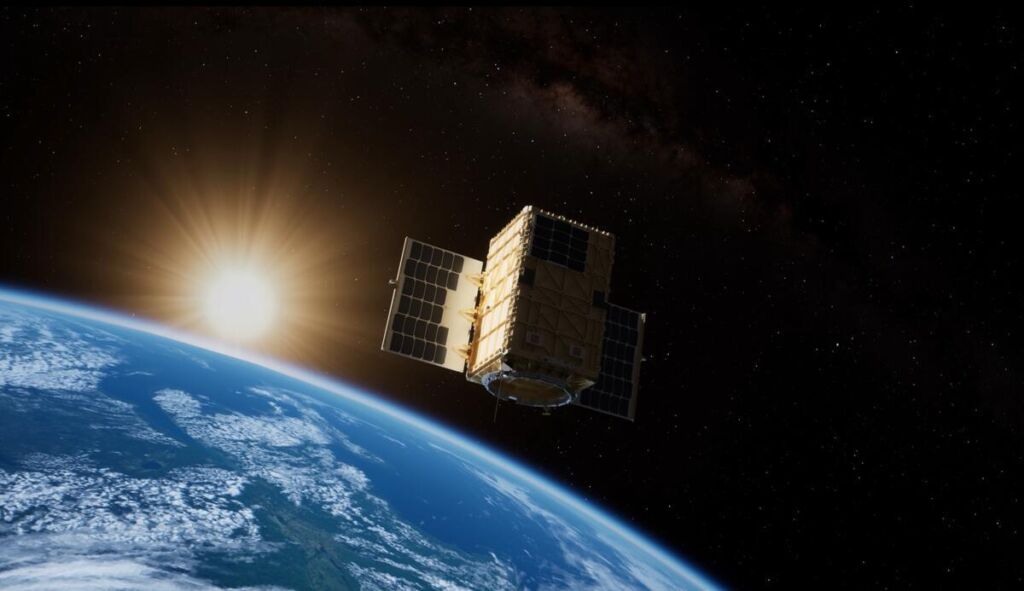One of the key components that will be needed in a future quantum internet is a device that performs a process known as entanglement swapping. This is a device can start with two pairs of entangled photons and swaps the entanglement such that a photon from the first pair becomes entangled with a photon from the second pair. As an example, in the diagram below, the process starts with Photon 1 entangled with Photon 2 and also Photon 3 entangled with Photon 4. By performing a Bell State Measurement between Photons 2 and 3, the entanglements will be swapped and Photons 1 and 4 will be entangled with each other.
Entanglement swapping is a critical technology for extending the span of a quantum network. Due to the fundamental laws of quantum physics, a classical optical repeater can’t be used to regenerate a qubit as it travels through a network. Using a quantum repeater will provide an alternate way of solving the problem without violating the laws of quantum physics.
Boeing along with partner HRL Laboratories have been working on developing such a device and plan to launch it in a sun-synchronous orbit in a satellite called Q4S, approximately 550 kilometers above Earth. The purpose is to demonstrate the technology and show how such a device can be built such that it is space hardened and can survive the extreme environment including the shock, vibration, radiation, temperatures involved with a device launched into space. A schematic diagram of the device is pictured below and its size is approximately 40 x 30 x 30 centimeters. The companies will be operating and testing the device remotely to see how it performs.
Boeing has a future vision of a quantum internet base upon satellites that use these types of devices. Such a network has a great many possible use cases in the future as discussed in GQI’s Quantum Safe report. However, a great many more components need to be developed to withstand the harsh environment of space including photon sources, photon detectors, quantum, memories, etc.
For additional information about this effort, you can access a press release posted by Boeing here and a web page for the Q4S project here.
September 10, 2024
